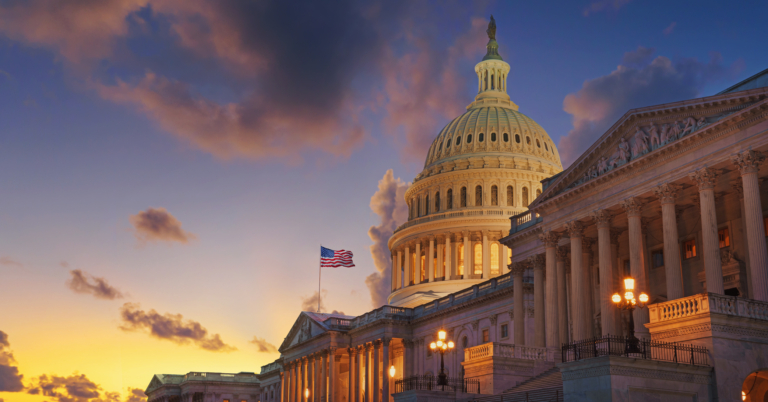
Two hundred Executive Orders in 228 days. As of September 5, 2025, that was the record-setting pace employed by the Trump Administration. According to the Washington Times, Donald Trump signed more Executive Orders in his first 228 days “than the past 16 presidents combined during that same period.” This is more than the 220 Executive Orders he signed in the entire four years of his first term.
This record pace should give Congress pause and encourage the nation’s purported legislative body to start reviewing these orders to determine whether congressional action is needed. Such congressional action is necessary for two reasons. First, it is critical that Congress exercise its Article I oversight authority to ensure all executive actions—formal orders or otherwise—are constitutional. Although no specific constitutional provision affords Congress the power to investigate, the Supreme Court has long held that “[t]he power of Congress to conduct investigations is inherent in the legislative process” and is thus an implied power derived from Article I of the Constitution.
Second, Congress must act to preserve the executive actions that are positive but may be rescinded by a future occupant of the White House. It should come as no surprise that the easier an action is to take, the easier it is to overturn, and Executive Orders are no exception. For example, President Trump rescinded over 70 Biden-era executive actions on the first day of his second term. Similarly, President Biden issued a wave of Executive Orders in his first days in office rescinding a multitude of Executive Orders from Trump’s first term with the stroke of a pen.
For this reason, Americans for Prosperity welcomed back congressional staff from August Recess last week with a “Welcome back BBQ” cohosted by the House Republican Study Committee to examine key executive orders issued by President Trump across both his current and first terms that Congress should consider codifying—as well as the legislative vehicles currently and potentially available to do just that.
AFP and the RSC first took the time to celebrate key pieces of the One Big Beautiful Bill that codified Executive Orders. These include the codification of E.O. 14154, Unleashing American Energy, E.O. 14159, Protecting the American People Against Invasion, and E.O. 14191, Expanding Educational Freedom, among others.
Recognizing that much work still needs to be done, the conversation then turned to current and potential legislative vehicles AFP believes Congress should prioritize enacting to further ensure key wins are protected. Drawing both from the RSC’s “Set in Stone” initiative—an effort to champion key bills in the House and Senate that will codify President Trump’s executive orders—and AFP staff’s own work on the same, AFP discussed with congressional staff legislation such as the Reorganizing Government Act (H.R. 1295), the Guidance Out of Darkness Act (H.R. 1515), and the Free Speech Fairness Act (H.R. 2501). The bills would codify all or portions of E.O. 14158 (Establishing and Implementing the President’s “Department of Government Efficiency”), E.O. 13891 (Promoting the Rule of Law Through Improved Agency Guidance), and E.O. 14149 (Restoring Freedom of Speech and Ending Federal Censorship), respectively.
Lastly, AFP was excited to share with congressional staff policy proposals to codify Executive Orders that AFP believes, should be prioritized for introduction following the recess. These include policy proposals to “spring clean” the Code of Federal Regulations, promote greater choice in healthcare, protect individual freedom and promote technological process, and facilitate critical energy infrastructure by streamlining federal permitting.
For the full document see here.
© 2025 AMERICANS FOR PROSPERITY. ALL RIGHTS RESERVED. | PRIVACY POLICY
Receive email alerts to learn how to get involved